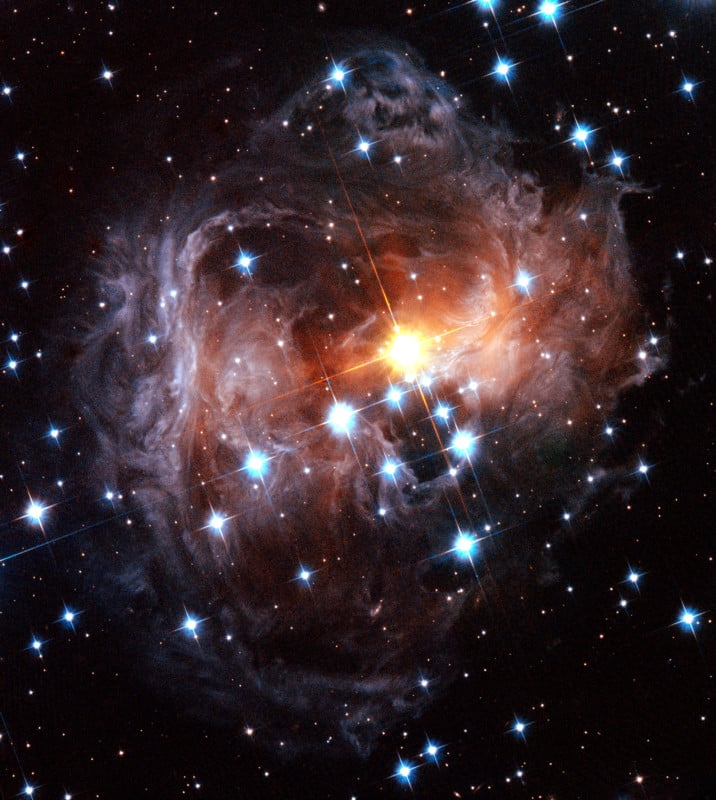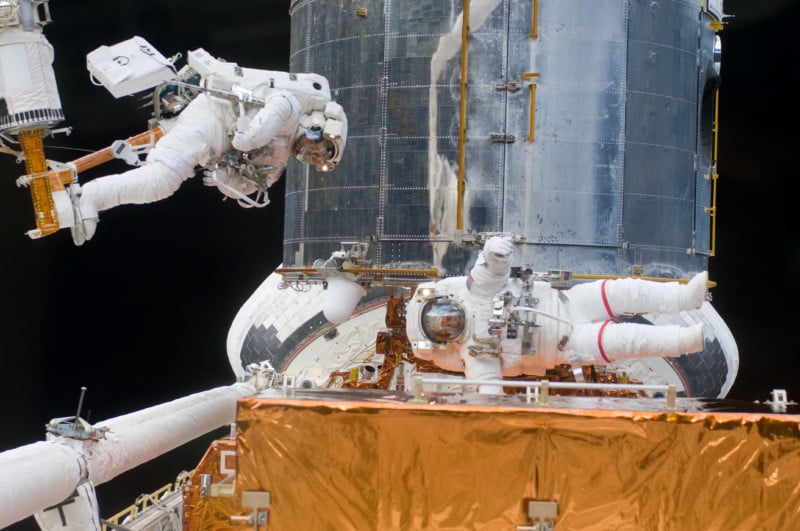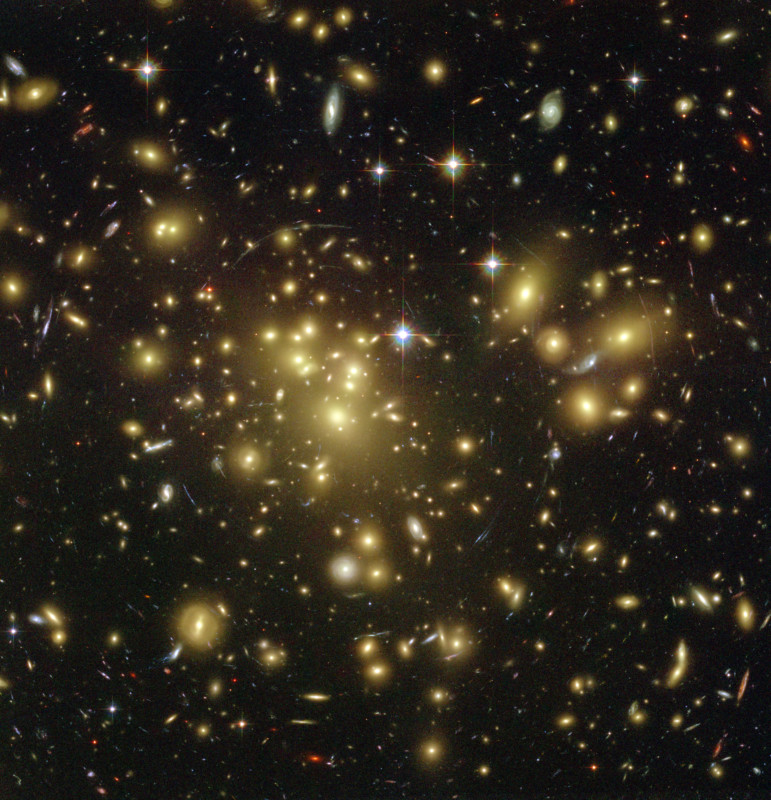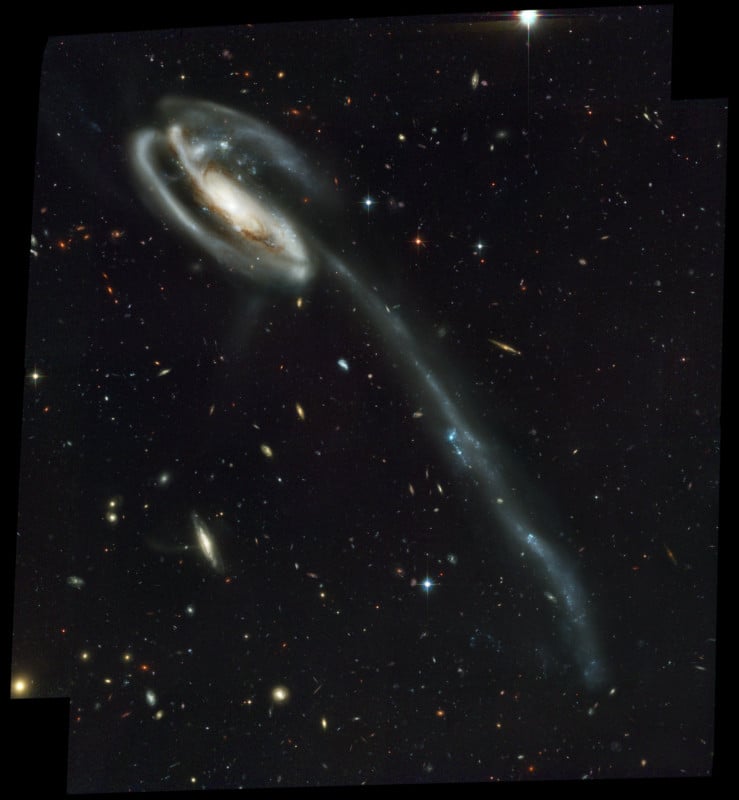![]()
The Hubble Space Telescope recently celebrated its 20th year using the Advanced Camera for Surveys (ACS), which was installed on Hubble in March of 2002 and became its most used camera.
The ACS wavelength range extends from the ultraviolet, through the visible spectrum, and out to the near-infrared. The ACS is able to map large areas of the sky in great detail, and following its installation, the ACS became Hubble’s most heavily used instrument.

125,000 Photos and Counting
In its 20 years aboard Hubble, the ACS has captured 125,000 pictures. These observations have been the source of numerous discoveries, several of which are outlined on the European Space Agency (ESA) website.

“We knew the ACS would add so much discovery potential to the telescope, but I don’t think anybody really understood everything it could do,” Former astronaut — and one of the two who installed the ACS on Hubble — Mike Massimino says. “It was going to unlock the secrets of the Universe.”
The ACS Camera
The ESA explains that the ACS is made up of three subinstruments: the Wide Field Channel, the High Resolution Channel, and the Solar Blind Channel. The Wide Field Channel is a high-efficiency, wide-field, optical, and near-infrared camera that is designed to look for galaxies and galaxy clusters, the ESA explains.

The High Resolution Channel was designed to take detailed photos of the light from galaxies that featured massive black holes. This particular mode is not currently operational. Finally, the Solar Blind Channel blocks visible light to allow faint ultraviolet radition to be seen. This channel can be used to study weather patterns on other planets; for example, aurorae on Jupiter.

The ESA says that amongst its many accomplishments, the ACS helps map the distribution of dark matter, detects the most distant objects in the Universe, searches for massive exoplanets, and studies the evolution of clusters of galaxies.
“Two decades into its mission, the ACS continues to deliver ground-breaking science and some of the most incredible images of the distant Universe, and everything in between,” Dan Coe, an ESA/AURA astronomer who was part of the ACS team as an instrument scientist, says. “Looking back through the archive of ACS images reminds us of the vast diversity of galaxies, colors, and stories that have been shared with the world.”
Header image caption: This collection of images features those taken by the NASA/ESA Hubble Space Telescope’s Advanced Camera for Surveys (ACS), which is marking 20 years of operation in March of 2022.
Image credits: NASA, ESA
Author: Jaron Schneider
Source: Petapixel



